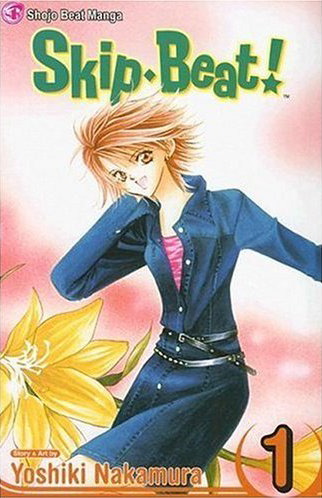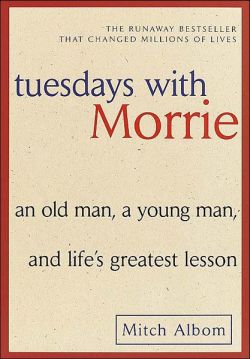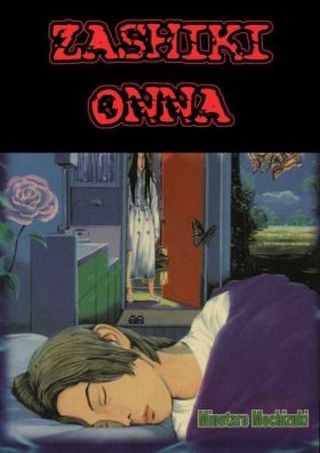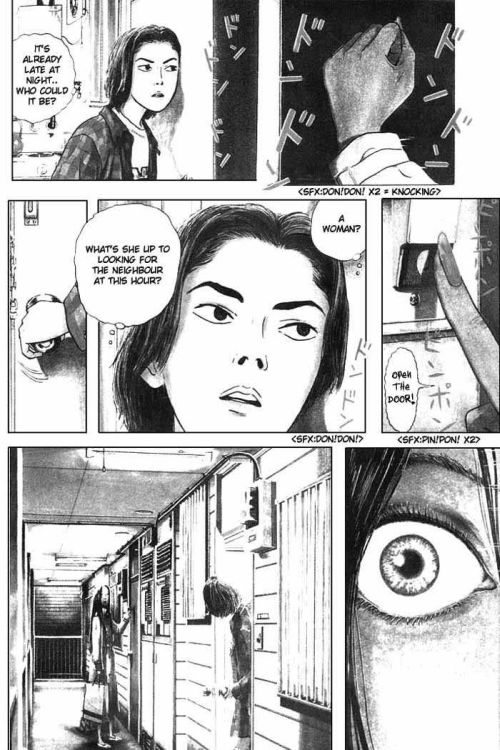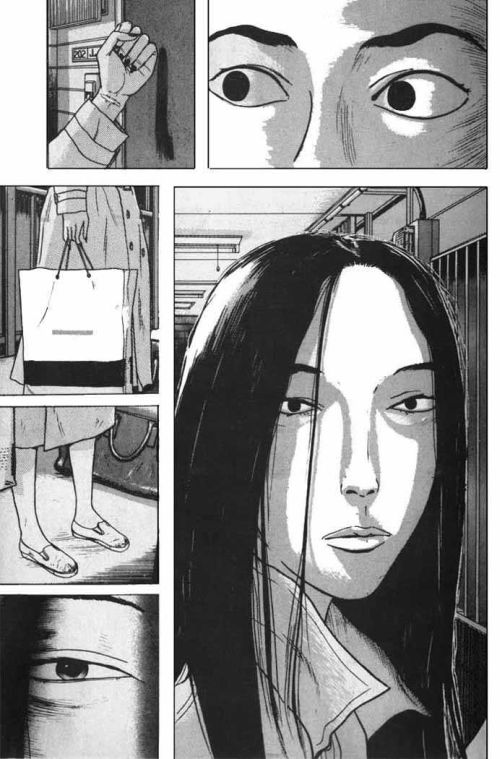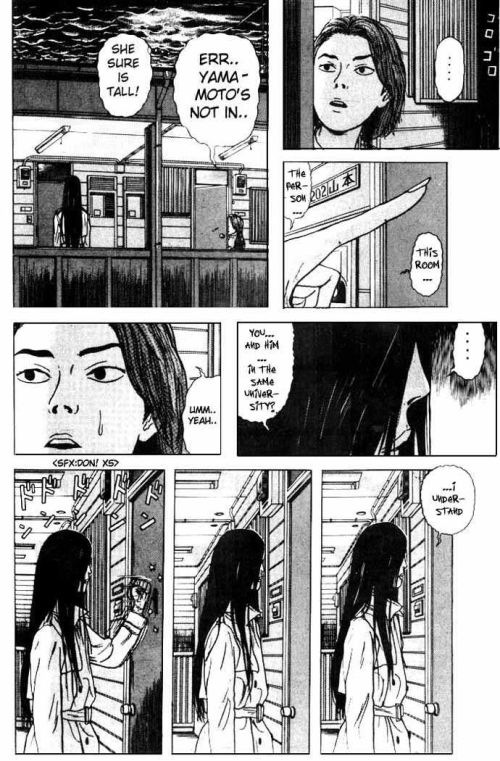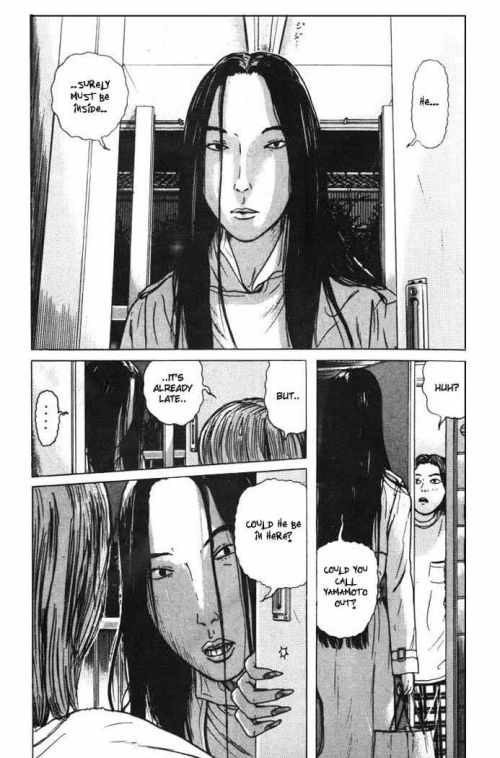For Women’s History Month, I’m going to give a blanket recommendation to the work of a remarkable female manga artist (Japanese comic artist), one whose work was paramount in starting the manga/anime movement in the west. Her name is Rumiko Takahashi, and for those in the community, she needs no real introduction. I first started reading her first published work “Urusei Yatsura” (Those Obnoxious Aliens) at the age of three, and since then has followed her through “Maison Ikkoku”, “Ranma 1/2”, “Inuyasha”, and her various short stories in “Rumic World”. I haven’t been following her latest work “Rin-ne”, but the aim of this post is to chart her influence on me as a manga artist.

Rumiko is somewhat unique in the manga publishing world. She’s a best-selling female manga artist who draws mostly for a male audience (though she has female fans too), and she draws in a gender-neutral style that nonetheless is skilled, expressive and interesting. Above all that, she started off in the genre of comedy, which is never easy to do. She’s since branched out into horror, dramady, action-adventure and small-scale domestic drama, but she’s flexible and malleable enough that I don’t doubt she’ll go on to tackle other genres. Overall, her work is highly-recognisable and has a very strong sense of personality – you’ll always be able to pick a Rumiko Takahashi story at a glance.

I also have to mention her female characters. As a manga artist who started in the 70s in a magazine aimed at teenage boys, I imagine she must have gotten her fair share of pressure from the editors to make her female characters sexually-appealing. There’s no doubt Rumiko’s women are that, but they’re also slyly subversive in their personalities and the way they’re depicted. For a country that is known for its shy, submissive women (at least in manga and anime), Takahashi’s women are frequently loud, violent and filled with character flaws. All of them are as interesting as her male characters, and while everyone’s character defects are played for laughs, it’s wonderful to see such gender parity – and they’ve been depicted that way right from the start.

All in all, Rumiko Takahashi has a unique voice, one that has remained unique and recognisable for the past thirty years (and counting). If you haven’t read her work, you really should. If being the world’s best-selling female comic book artist doesn’t convince you, then being a wonderful comic book artist certainly should.

I have a list of her work here, many of which have been translated into English. My #1 pick for the uninitiated would be “Maison Ikkoku”, since it’s a more down-to-earth story about a poor ronin (failed university student) who is trying to win the heart of a young widow. Conversely, you may try her more zany comedies, like the slapstick earthling-meets-alien “Urusei Yatsura,” or the gender-bending martial arts comedy “Ranma 1/2.” Those who prefer action-adventure and medieval Japan can read “Inuyasha”, or “Mermaid Forest if you like horror. Her short stories in “Rumic World” is also one of my favourites.

